Absorption Cost
Learn about absorption cost in Canadian real estate — what it includes, how it's calculated, and its role in pricing and planning.

June 27, 2025
What is Absorption Cost?
Absorption cost in real estate refers to the total cost per unit or square foot of space, including direct and indirect costs, that is recovered through rents or sales.
Why Absorption Cost Matters in Real Estate
In Canadian property development and management, absorption cost helps determine rental rates, pricing strategy, and project feasibility.
Components may include:
- Construction and land costs
- Financing costs
- Marketing and leasing expenses
Understanding absorption cost supports accurate budgeting and financial planning.
Example of Absorption Cost in Action
The developer calculated the absorption cost of the new condo units to set pricing that would ensure project profitability.
Key Takeaways
- Includes all costs recovered through sales or rent
- Helps set rental rates or sales prices
- Supports project financial planning
- Accounts for direct and indirect costs
- Key in development feasibility analysis
Related Terms
- Absorption Rate
- Construction Loan
- Operating Costs
- Budgeting
- Market Value



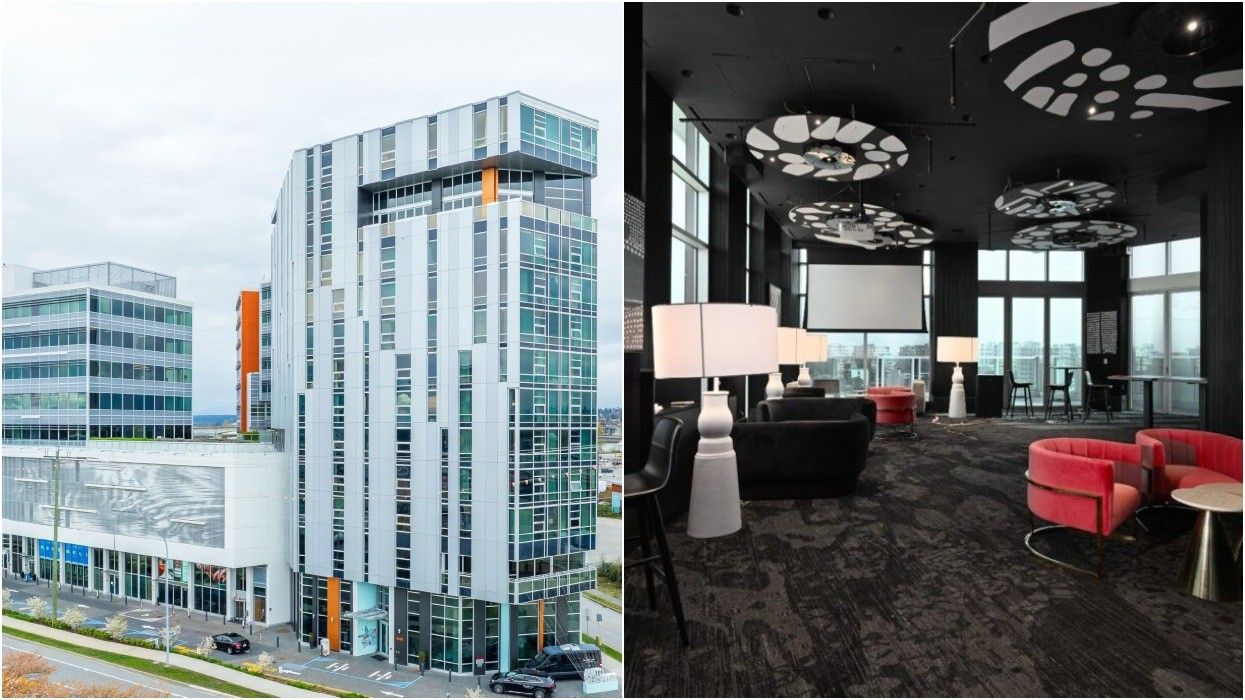
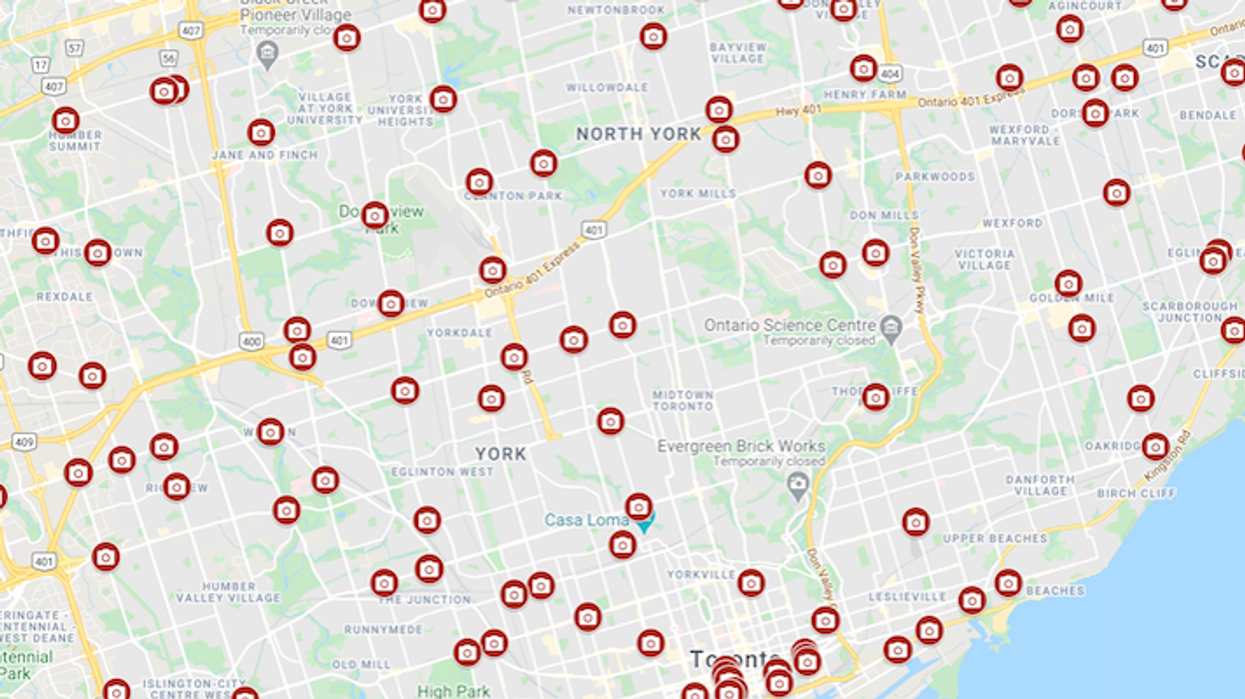


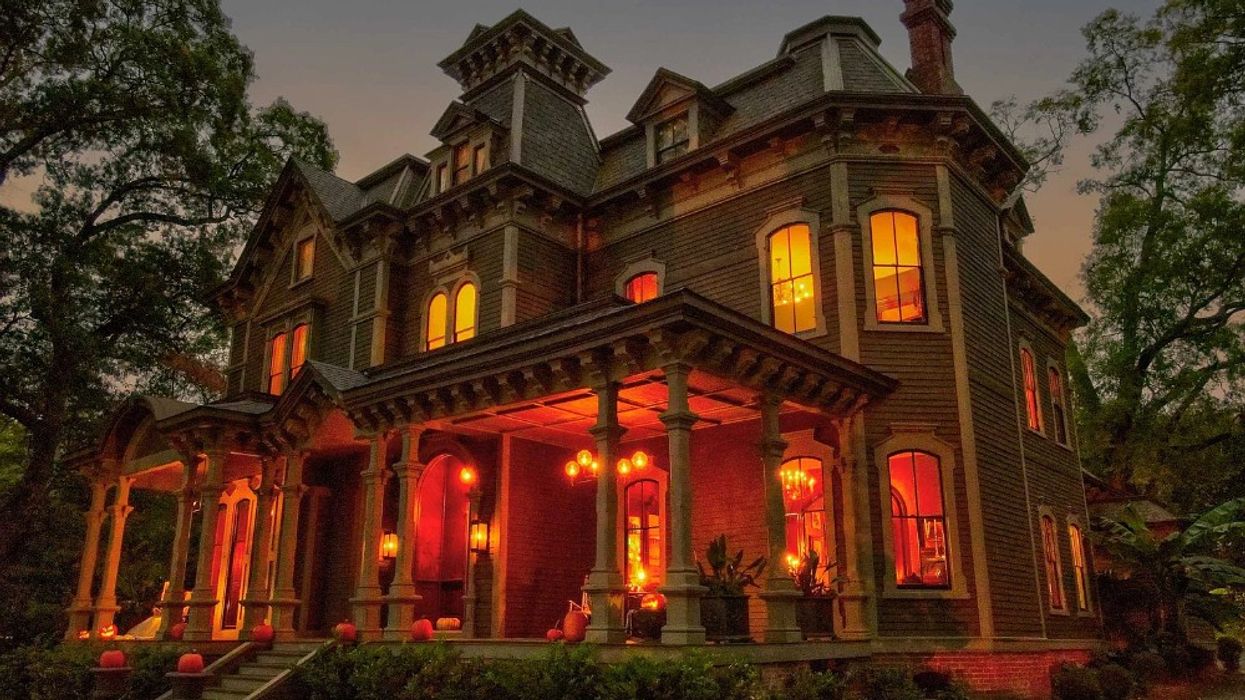
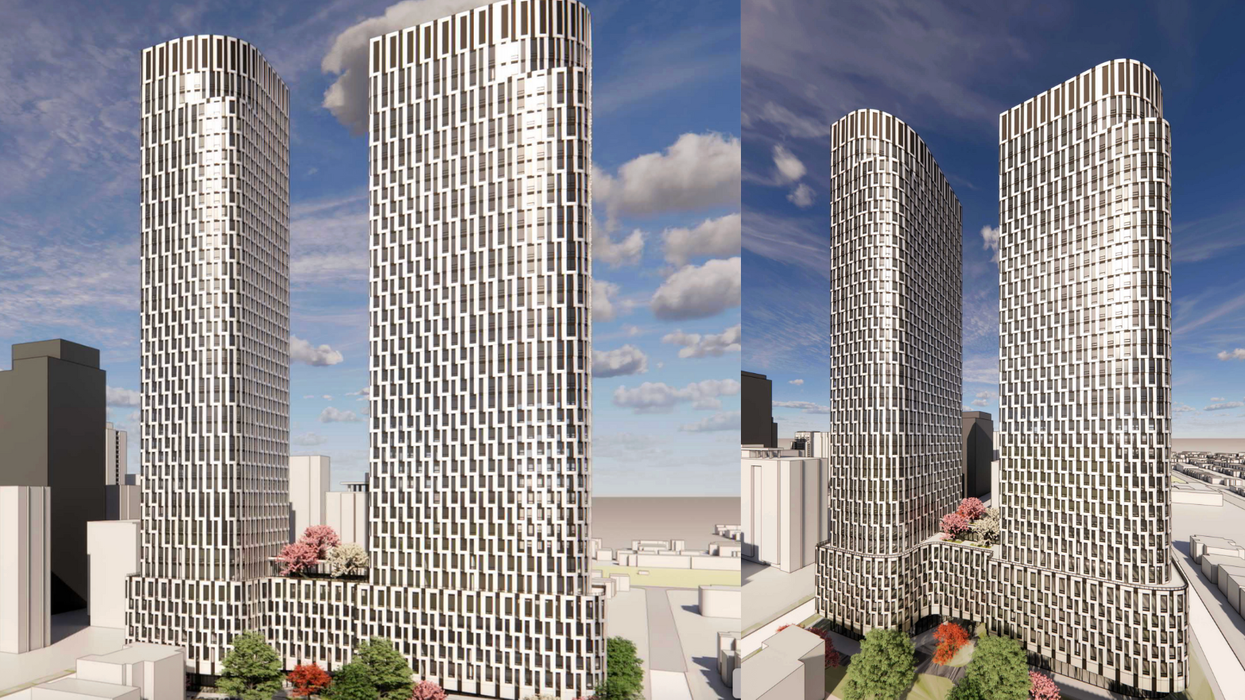
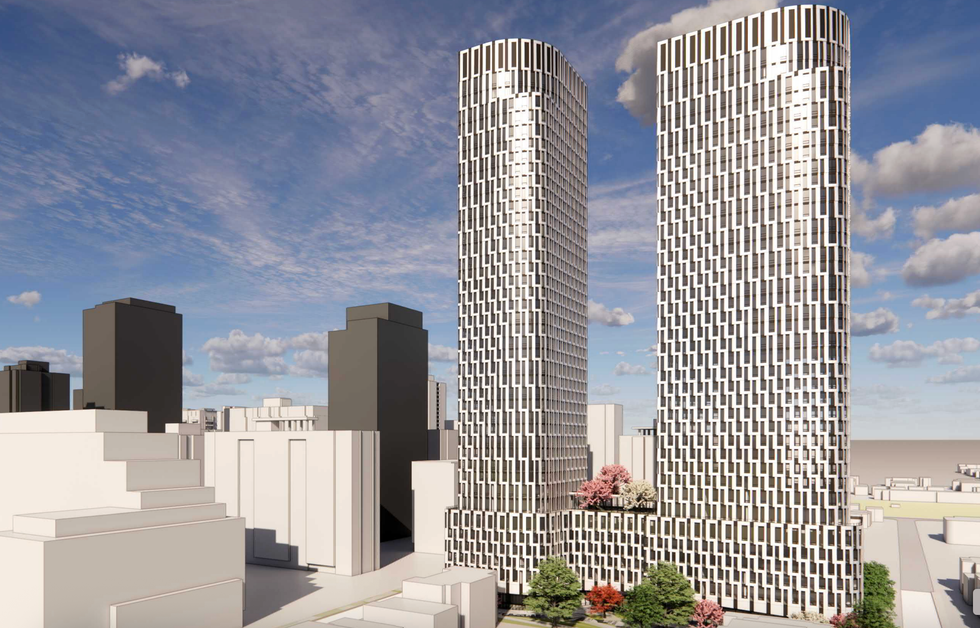

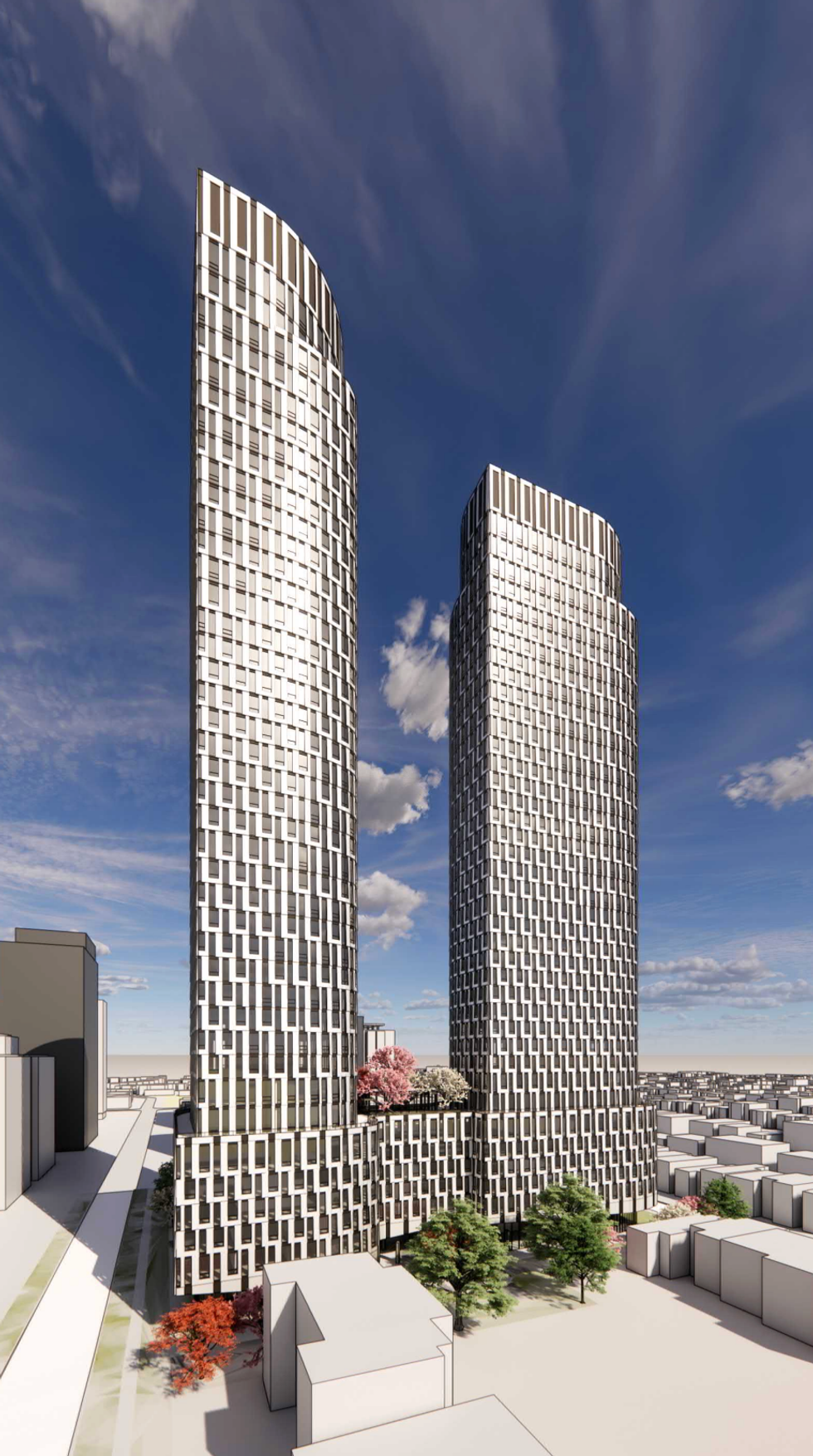
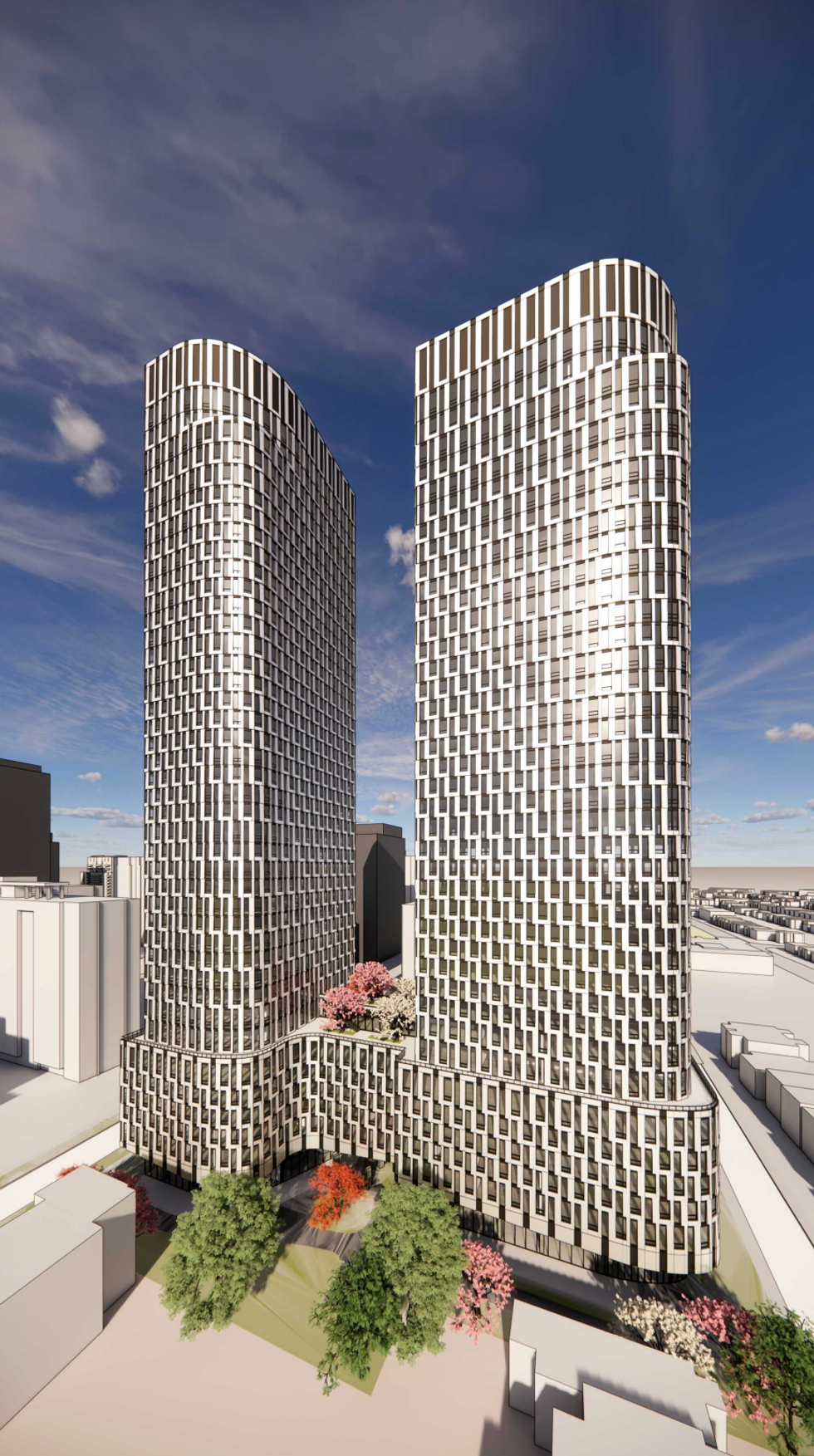
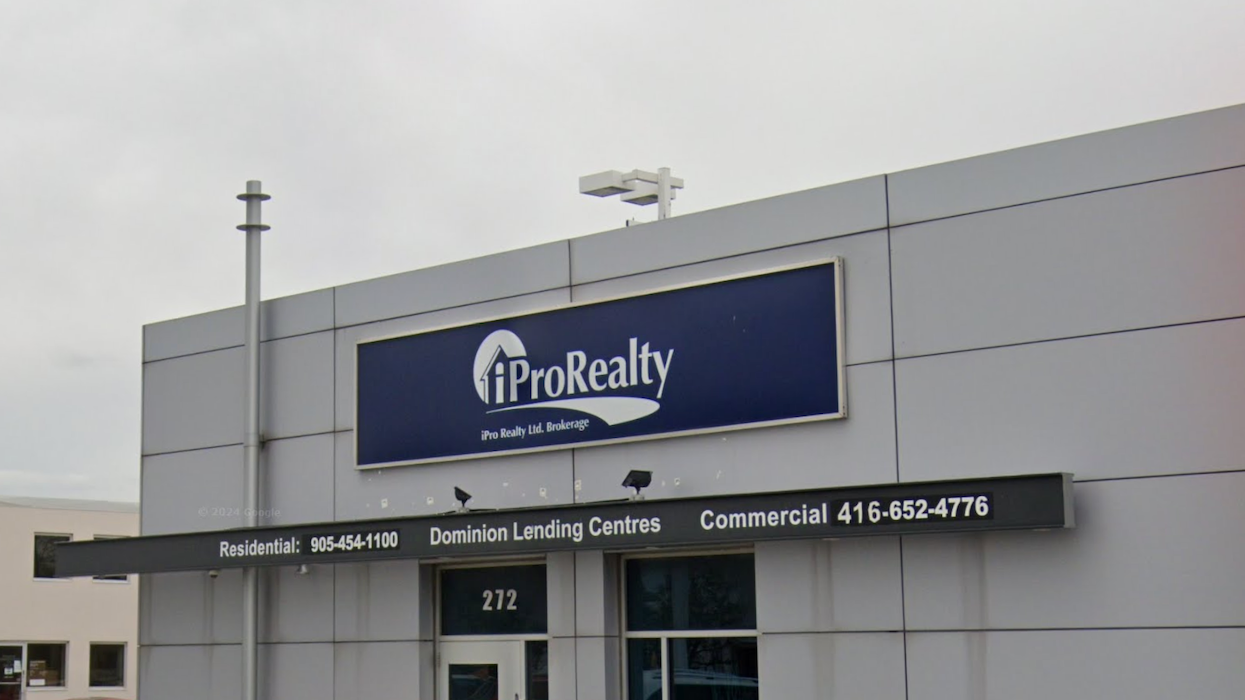

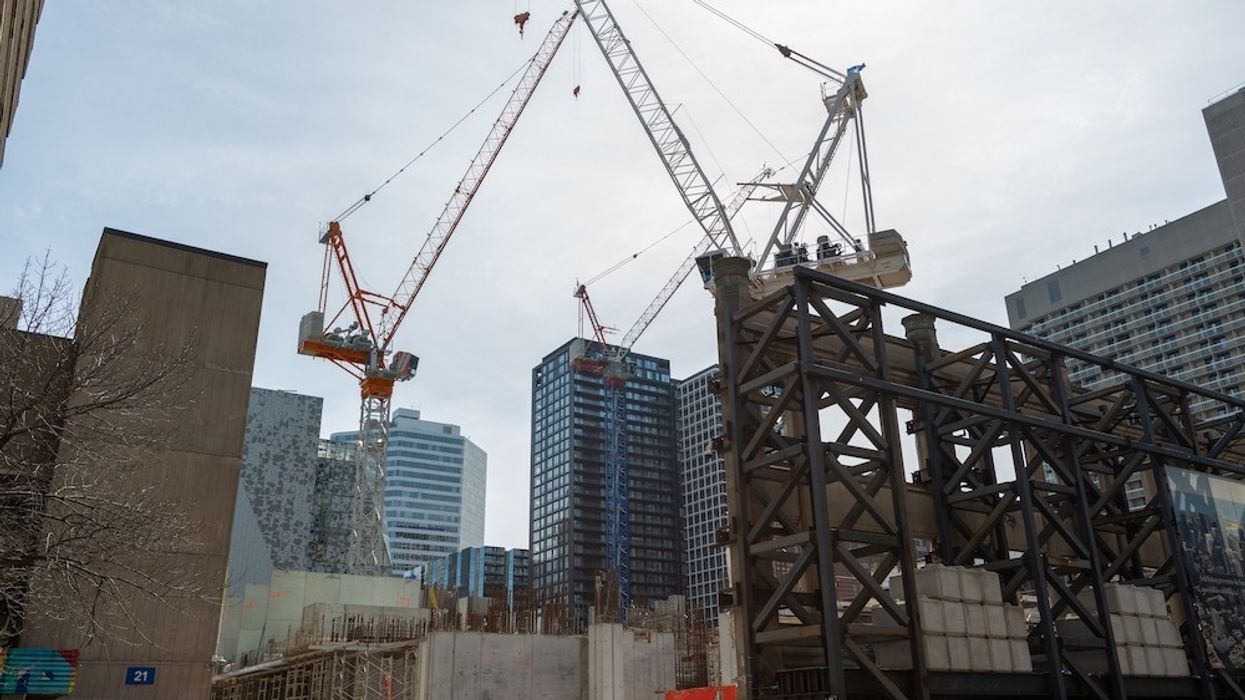
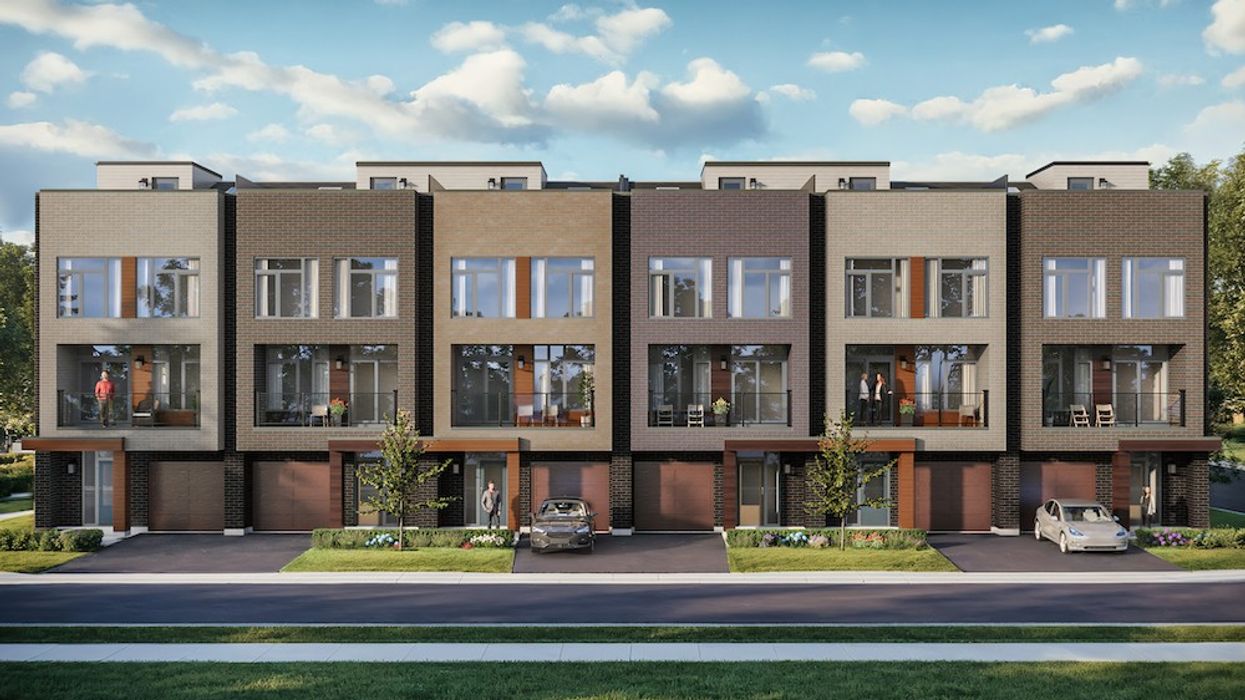
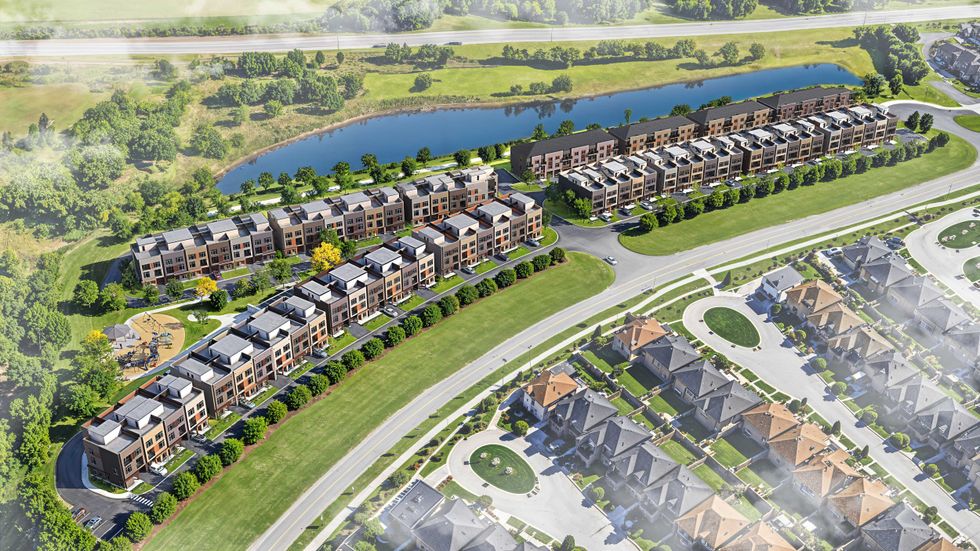 Camcos Living
Camcos Living Shutterstock
Shutterstock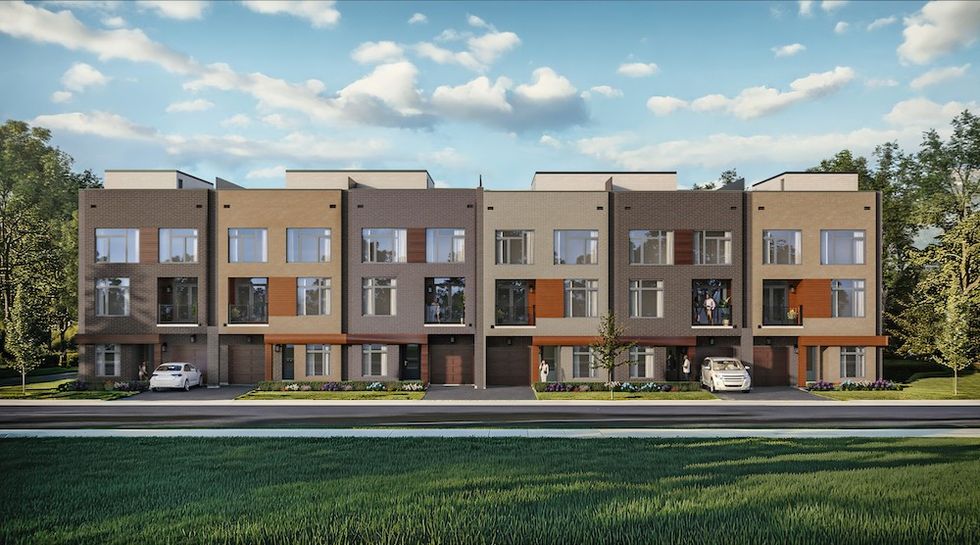 Little Rouge Block G/Camcos
Little Rouge Block G/Camcos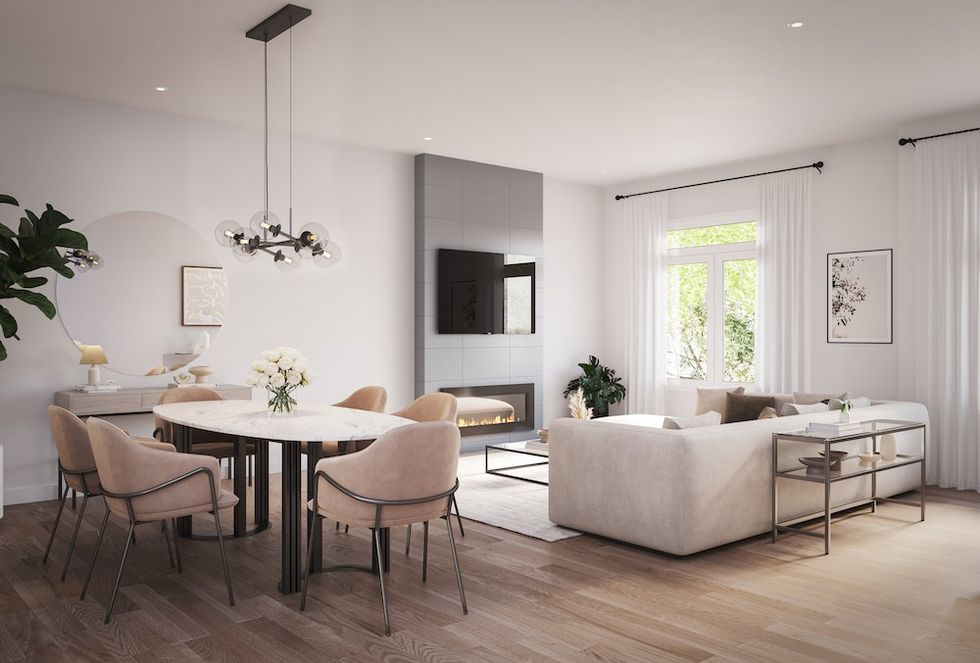 Camcos Living
Camcos Living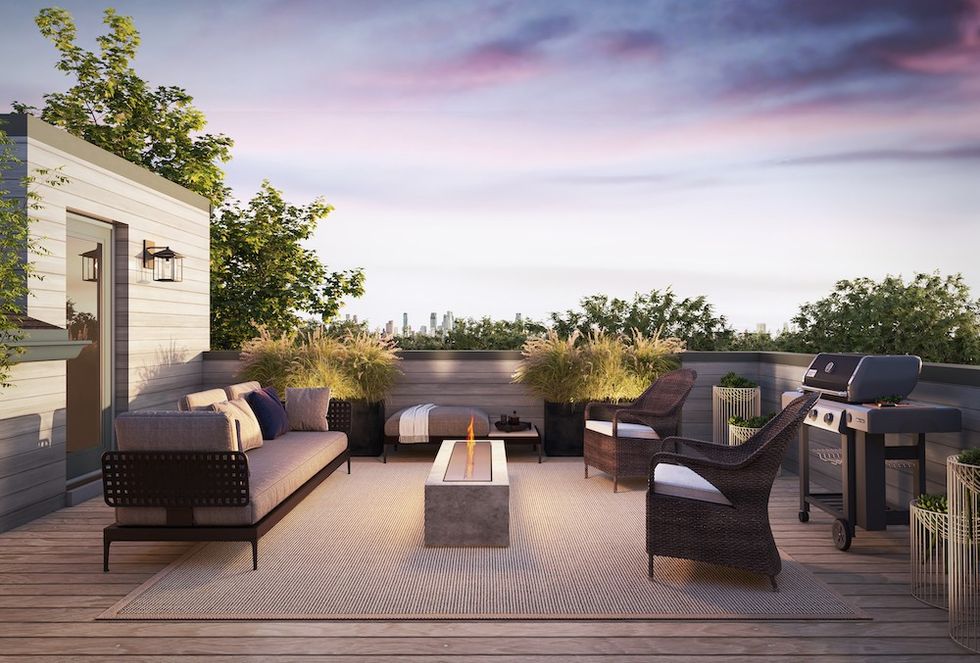 Camcos Living
Camcos Living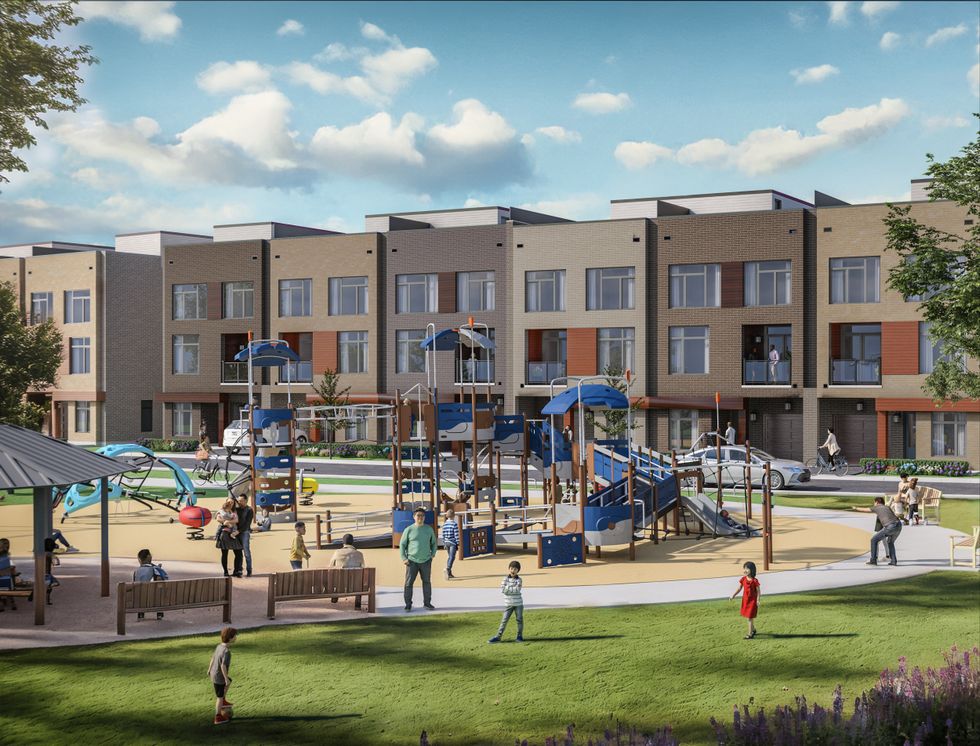 Camcos
Camcos